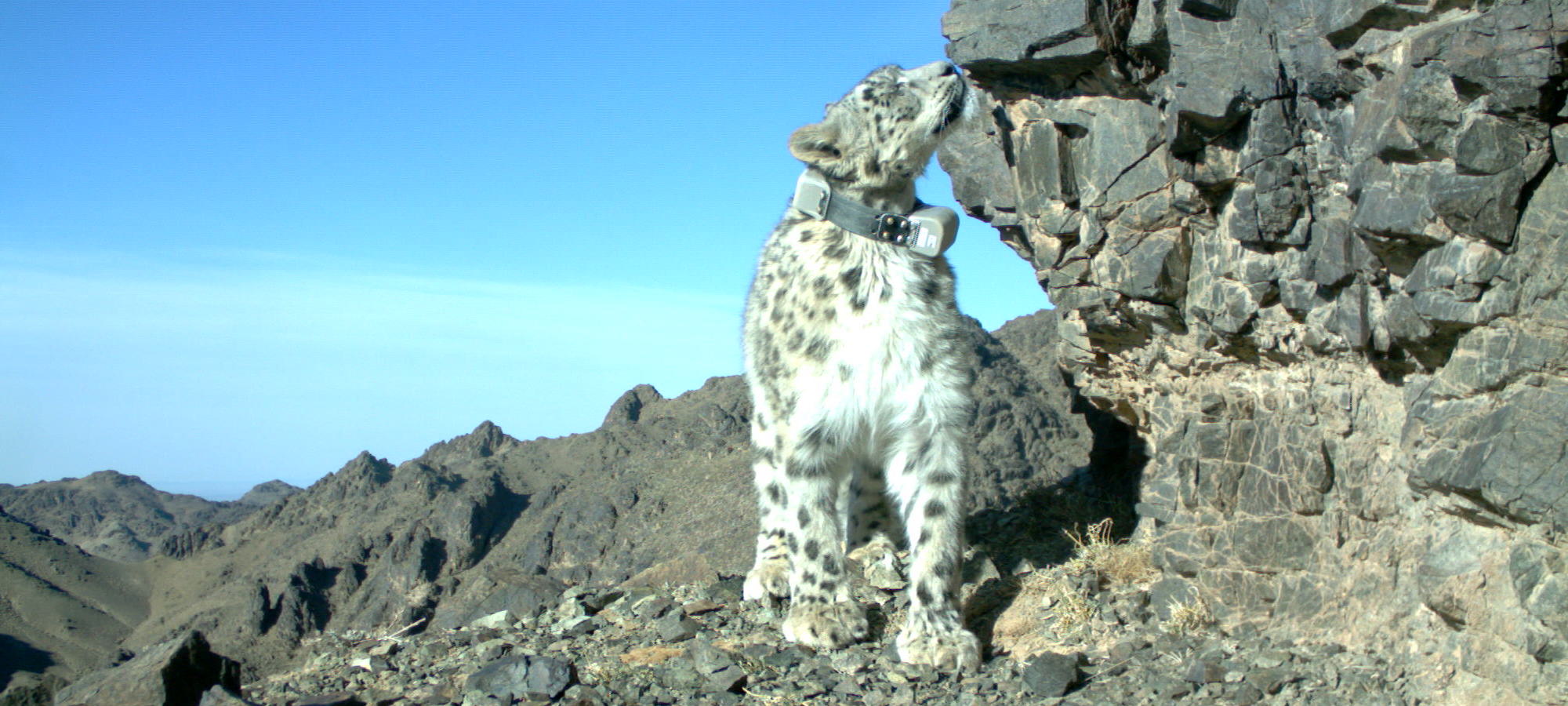
PAWS
Population Assessment of the World’s Snow Leopards
At the International Snow Leopard and Ecosystem Conservation Forum 2017 in Bishkek, the range country governments formally endorsed a plan to develop a global snow leopard population assessment. The ambitious initiative, called Population Assessment of the World’s Snow Leopards, or, in short, PAWS aims to produce a robust estimate of the threatened cat’s population status within the next 5 years.
The GSLEP secretariat has been tasked with coordinating this initiative, and has developed an Action Plan which has been approved by the GSLEP Steering Committee. PAWS aims to bring together the global snow leopard conservation community’s resources, manpower and expertise to jointly arrive at a scientifically robust population estimate.
One major focus of PAWS – and a condition for its success – is the establishment of agreed-upon best practices and protocols for data collection and management for population assessment. This includes undertaking new studies as well as the inclusion of existing abundance data into a global estimate. A panel of technical experts will support this process, and will invite feedback and input from all partners. Based on these agreed-upon protocols, on-the-ground data collection and analysis will be carried out according to their capacity by the various PAWS partners – conservation organizations, government bodies and academic institutions working across the different habitat zones and countries.
Interested in learning more about PAWS? Dr. David Borchers and Dr. Koustubh Sharma, take us through the Why and the How of assessing the global snow leopard population. We discover the story of why (and when) the initiative of Population Assessment of the World’s Snow leopards (PAWS) emerged. We then discuss how PAWS can be achieved, including key ideas of spatial capture-recapture (SCR) and the power of SCR to analyse survey data.
For any questions about PAWS, please email us directly at info@globalsnowleopard.org
PAWS Technical Advisory Panel
A Technical Advisory Panel, comprising of leading snow leopard scientists, statisticians, and a representative of the GSLEP National Focal Points, will supervise and provide scientific guidance to PAWS.
A separate coordination and delivery committee will include organizations and institutions and will work closely with the range countries to deliver on the specific goals of executing surveys and helping with subsequent data analyses.
The expert panel will be responsible for providing scientific oversight and guidance. This includes development and approval of methods and sampling strategy standards for PAWS, providing support and guidance to implementing partners, and supervising data analyses and interpretations.
Additionally, the panel will ensure generation of periodic reports and provide a brief progress update every 6 months. The panel will meet at least once a year, preferably on the sidelines of the GSLEP Steering Committee Meeting.
The panel’s term will be for a period of 2 years following which the panel’s membership will be reviewed and reconstituted. Members may be re-invited or replaced depending on their other time commitments and feasibility to contribute to the PAWS process.
Members of the first panel include:
-
- David Borchers, Head-Statistics, Centre for Research in Ecological and Environmental Monitoring, University of St. Andrews, Scotland, UK, (Co-Chair)
- Lu Zhi, Centre for Nature and Society, Peking University, China / Steering Committee Chairperson, Snow Leopard Network (Co-Chair)
- Ashiq Ahmad Khan, former Steering Committee Chairperson, Snow Leopard Network
- Charudutt Mishra, Science and Conservation Director, Snow Leopard Trust, USA / Senior Scientist, Nature Conservation Foundation, India / Executive Director, Snow Leopard Network
- Chris Sutherland, Assistant Professor, Department of Environmental Conservation, University of Massachusetts-Amherst, USA
- James Nichols, Scientist Emeritus, United States Geological Survey, USA
- Sandro Lovari, University of Siena, Italy / Steering Committee Member, Snow Leopard Network
- Som Ale, Clinical Assistant Professor, Biological Sciences, University of Illinois, USA
- Thomas McCarthy, Head, Snow Leopard Program, Panthera, USA
- Wali Modaqiq, Deputy Director General, National Environment Protection Agency and GSLEP National Focal Point, Afghanistan
Understanding PAWS
PAWS Process
PAWS Resources
The GSLEP Secretariat and various partners have created a number of tools that are intended to help snow leopard scientists collect and analyze population data more effectively and efficiently.
PAWS Trainings
GSLEP partnered with the Snow Leopard Network (SLN) in developing a number of PAWS training toolkits. In accordance to the thematic priorities of the Bishkek Declaration 2017, the training toolkits include prey surveys, occupancy based distribution surveys, camera trapping and genetic surveys of snow leopards for spatial capture recapture analysis of density. GSLEP supported bringing these training toolkits into action through the SLN training initiative and PAWS Summit.


